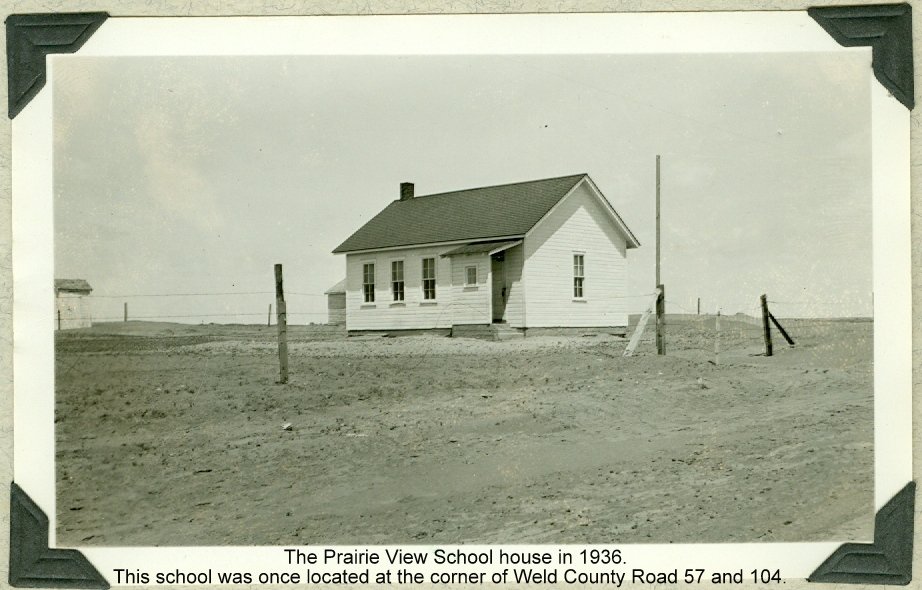
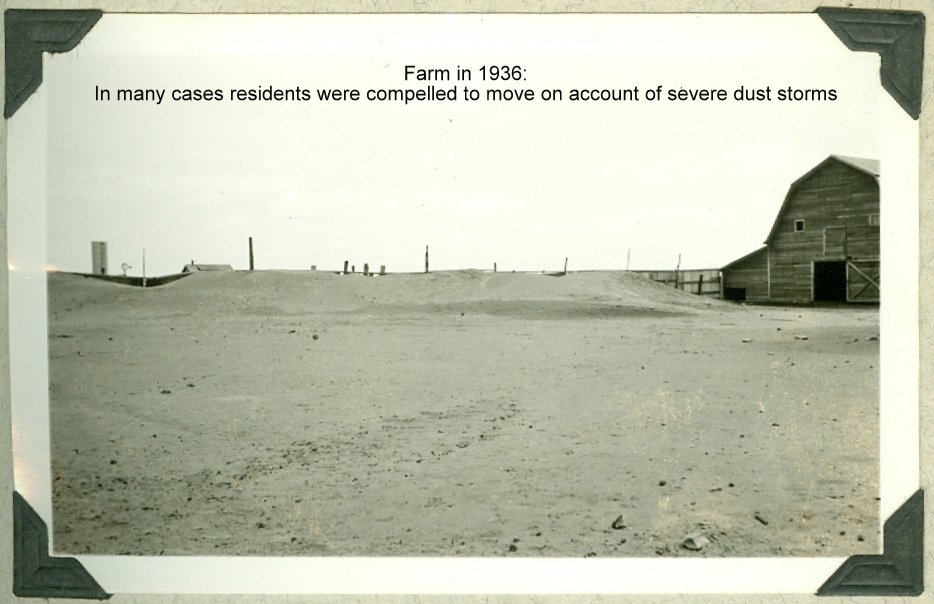
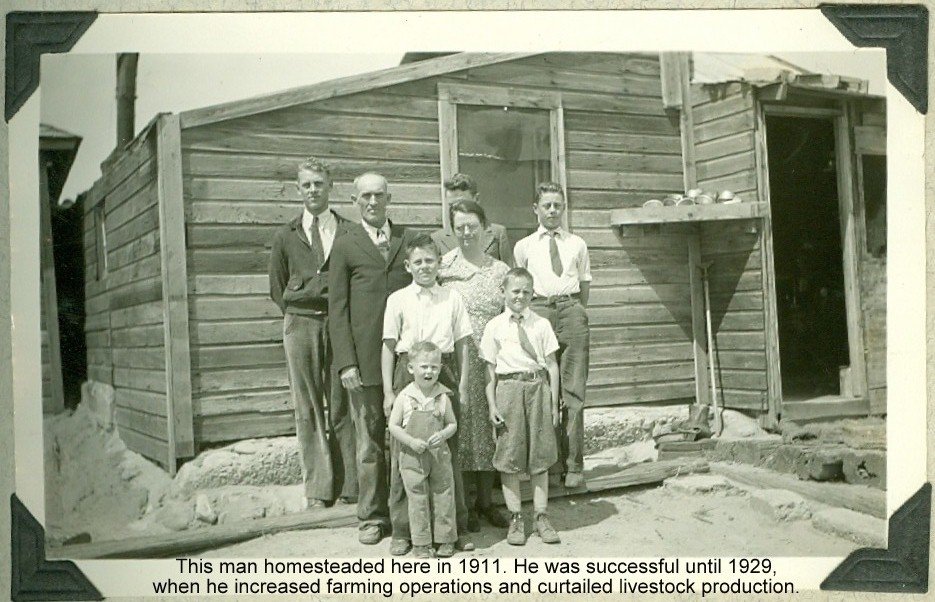
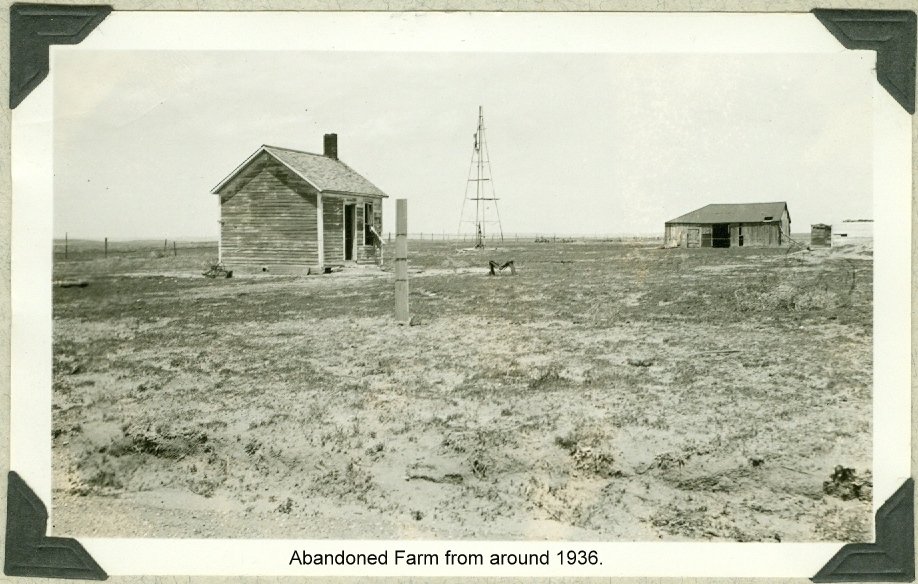
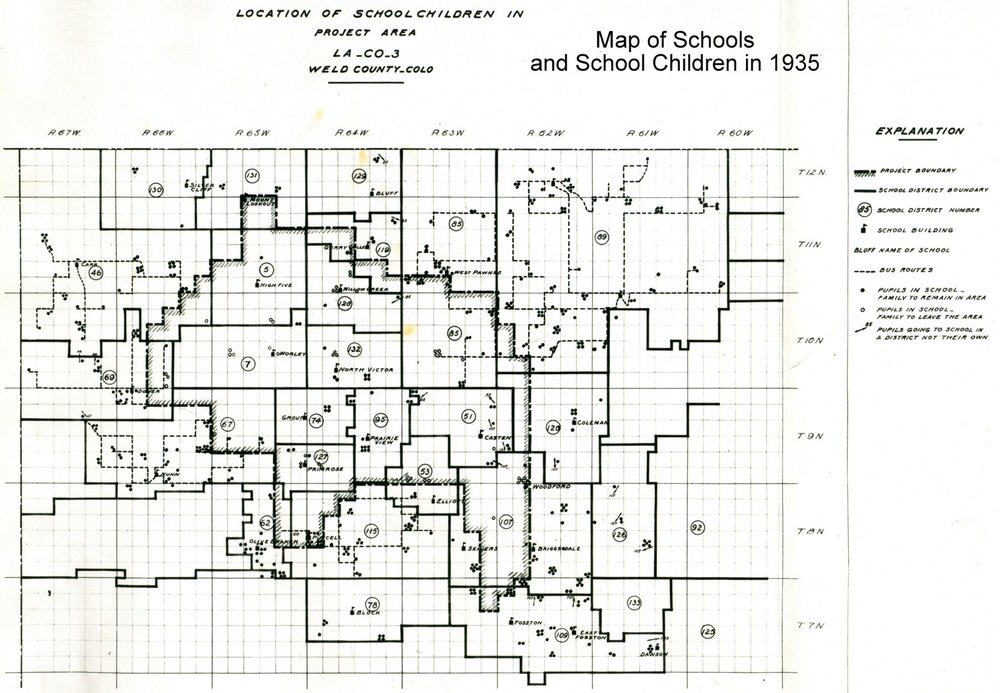
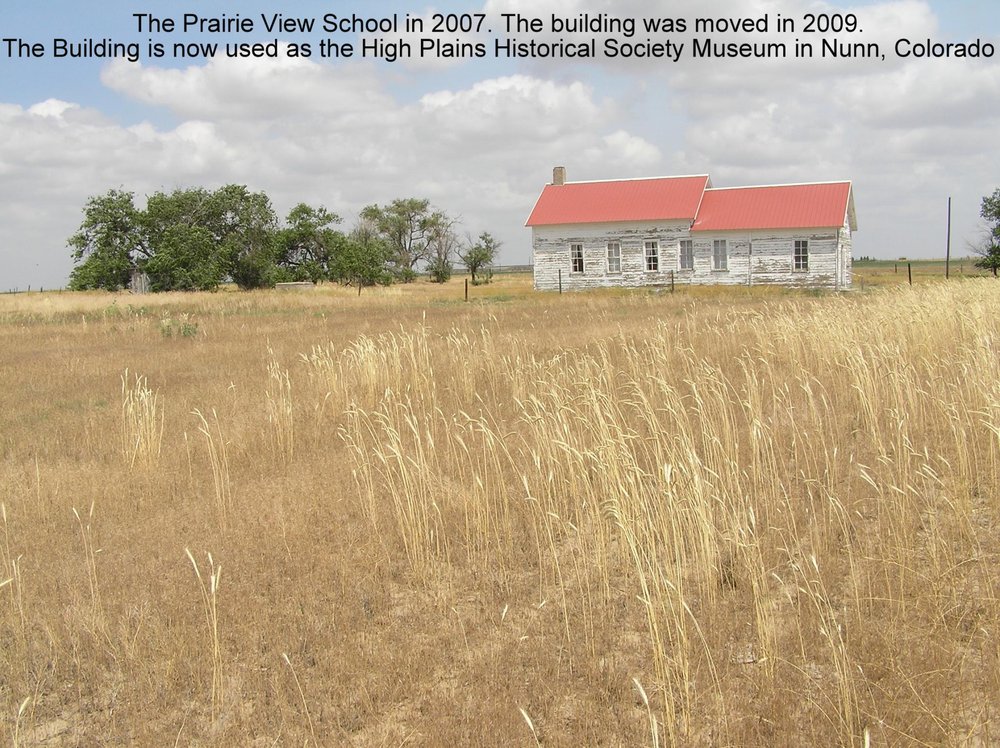
The land now managed as the Pawnee National Grassland has its beginnings in the dramatic economic and environmental changes during the Great Depression. The U.S government encouraged westward expansion and settlement of the plains through the Homestead Act of 1860, the Enlarged Homestead Act of 1909, and the Stock Raising Homestead Act of 1916. Families came to eastern Colorado looking for a fair chance to make a life farming the plains. There were once almost 600 families and 18 one-room school houses on the western Pawnee Grasslands. Dust storms and the economic downturn following the 1929 stock market crash, and the fact that much of northeastern Colorado was not suited for farming, forced many families to move. As part of Franklin Roosevelt’s “New Deal” the Resettlement Administration created a headquarters north of Briggsdale, Colorado. The Resettlement Administration Headquarters started the Land Utilization Project to purchase sub-marginal and eroded lands, restore them, and then convert them to grazing, forestry, wildlife or recreation areas. The Land Utilization Project provided assistance to the failing farm families, created parks and recreation areas and represented a shift in land management. The Pawnee National Grassland is still managed today for recreation, grazing, wildlife and conservation of the land.